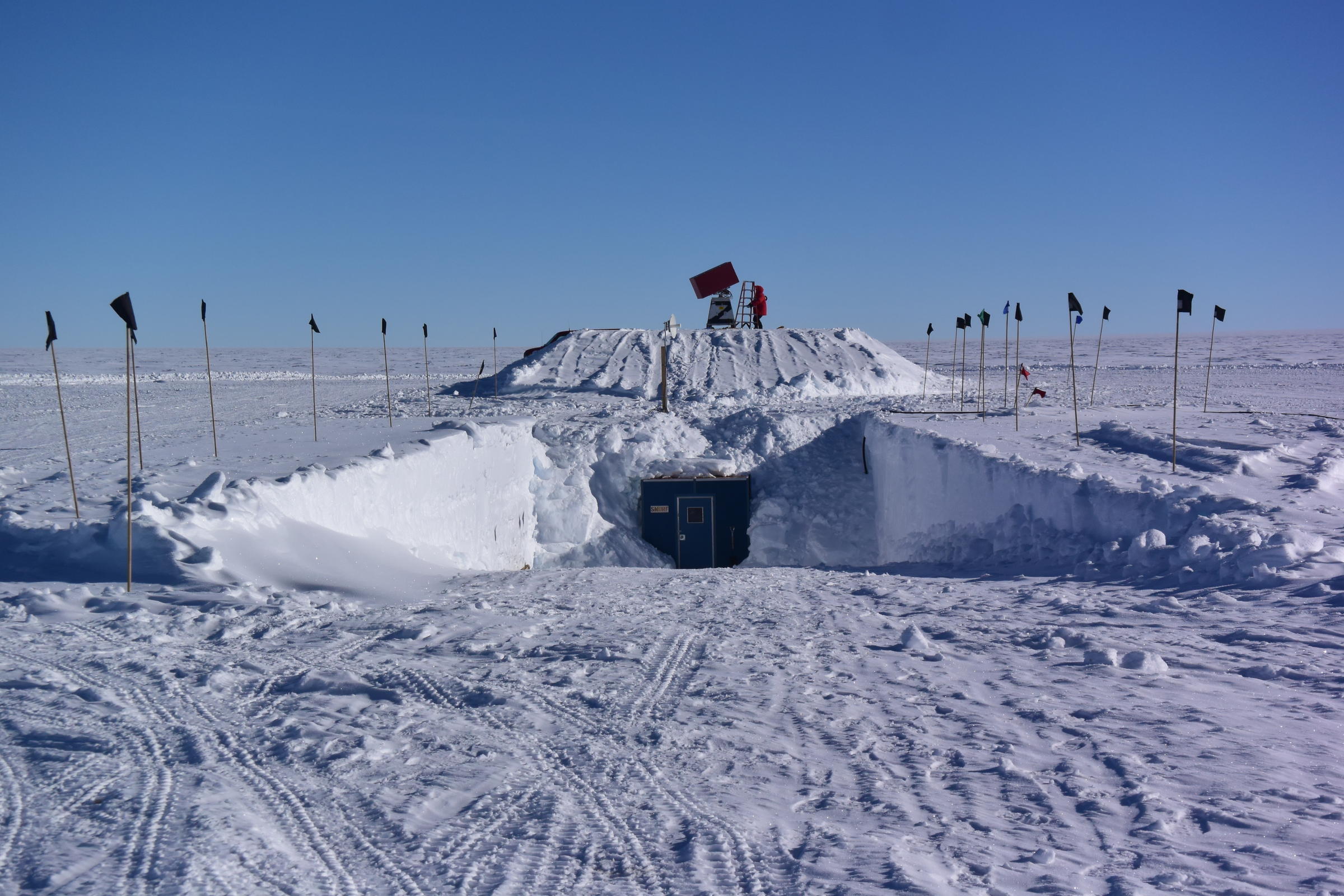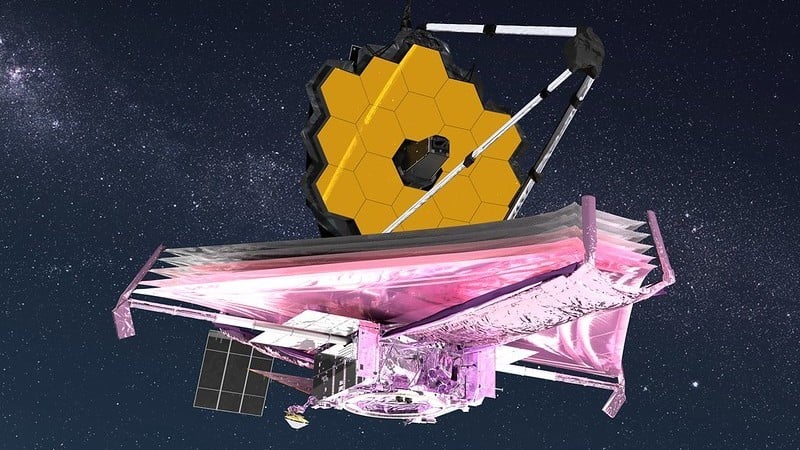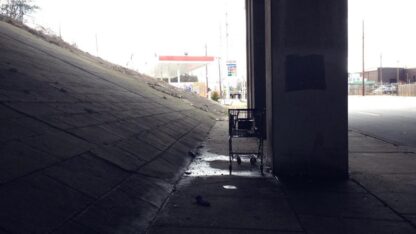There’s a lot we still don’t know about the sun. For instance, why does it get hotter as you move away from its center? A Georgia State professor is trying to answer that question, and he’s traveled to the South Pole to do it.
It makes sense to study the sun from the bottom of the world, since it doesn’t set during the summer.
“We can get to see the sun 24 hours a day,” GSU physics and astronomy professor Stuart Jeffries said.
He’s down there now, working out of a lab that’s buried under the snow near the Amundsen-Scott South Pole Station.
“The station’s literally at the South Pole,” he said.
Jeffries is studying gravity waves that move through the sun, to learn more about how the sun works and its interior, including the question of why the sun’s corona is hotter than its center.
“This is a little bit like being in front of a fireplace and then walking away from a fire and it getting hotter,” he said.
It’s one of the big mysteries about our solar system. And he hopes his measurements will shed some light on the question.
Jeffries has been studying the sun since the late-80s. He’s been to the South Pole several times, and he said being there never gets old.
“Most of the horizon, there’s nothing on it. And you’re looking out, and you got all the ice and it’s just glinting at you,” he said. “You can’t believe where you are. For me, I’m amazed that people like Amundsen and Scott ever made these journeys.”
Roald Amundsen led the first successful expedition to the South Pole; Robert Falcon Scott reached it just weeks later, but he and his party died on the way back.
Jeffries said when he first came to the South Pole in the 80s, it felt more like being on a frontier.
“A lot of us lived outside in Quonset huts, basically canvas,” he said. “We would have a ham radio call back to the States.”
He said he used to have to dig a trench for the solar observatory with shovels, but now they use Caterpillars, and he has his own room in the station and on-and-off internet access.
“It’s gone from sort of a last frontier feel. It’s much more comfortable now,” he said. “’Marriott on Ice,’ I refer it.”
And what did he think of us back here in Atlanta preparing frantically for what turned out to be just a little bit of snow earlier this month? He said actually they don’t get much snow down there, either; Antarctica is a desert. But they are stocked up on food, way more than just bread and milk to last a weekend.
“It’s like going into a Coscto or something, with just food everywhere.”
Jeffries is working at the South Pole through the end of January. Next year, he plans to bring students with him for the first time.








